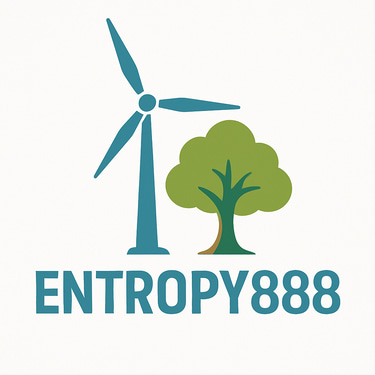How Bitcoin Mining Can Help Balance National Energy Grids
Energy grids around the world are facing an unprecedented challenge: how to integrate massive amounts of renewable energy while keeping supply and demand in perfect balance. Solar and wind power are clean — but they are also intermittent. When production surges beyond demand, grids struggle to absorb it. When generation drops, they need backup power instantly. Bitcoin mining, often misunderstood as an energy burden, may actually be one of the most powerful tools for grid stability in the renewable era.
SUSTAINABLE BITCOIN MININGMINING TECHNOLOGY & EFFICIENCYRENEWABLE ENERGY & BITCOIN MINING
Chris Boubalos
10/9/2025
The Balancing Problem
Every second, electricity supply and demand must match exactly.
If generation exceeds consumption, frequency rises — if demand outpaces generation, frequency drops.
Either imbalance can destabilize the grid, cause outages, or force operators to curtail renewable output.
Traditional balancing solutions — like peaker plants or large-scale batteries — are expensive and limited.
Bitcoin Mining as a Flexible Load
Bitcoin mining operates as an interruptible, location-independent, and highly responsive energy consumer.
This makes it unique among all industrial activities:
Instant flexibility – Mining can power up or down within seconds.
Geographical freedom – Containers can be placed anywhere power is available.
Economic sensitivity – Miners automatically respond to price signals, running when power is cheap and idling when it’s scarce.
Supporting National Energy Goals
1. Reducing Curtailment
When renewables overproduce, miners absorb surplus electricity instead of wasting it. This protects both producers and grid operators from economic losses.
2. Enhancing Grid Stability
Mining acts as a “controllable load,” helping frequency remain within safe limits. When the grid tightens, miners can shut down automatically — freeing up energy for critical users.
3. Accelerating Renewable Expansion
By providing a guaranteed offtake for renewable projects, Bitcoin mining strengthens the financial case for new wind, solar, and hydro installations.
Real-World Examples
Texas, USA – Large mining operations participate in demand-response programs, shutting down during grid stress and helping avoid blackouts.
Iceland & Norway – Miners consume excess hydro and geothermal power that would otherwise go unused due to limited transmission capacity.
Kenya – Small hydro sites monetize surplus energy through local mining farms, financing rural electrification projects.
These examples prove that Bitcoin mining can complement national grids rather than compete with them.
A Partnership Model for the Future
Instead of viewing mining as an isolated industry, policymakers can integrate it into national energy planning:
Incentivize miners to locate near renewables.
Reward flexible loads that respond to grid frequency and price signals.
Encourage co-location of mining and storage for deeper grid integration.
Such collaboration aligns perfectly with the goals of energy security, decarbonization, and economic growth.
The Entropy888 Vision
Entropy888 works with renewable producers and grid operators to design mining solutions that:
Absorb surplus renewable power.
Provide real-time load balancing.
Generate revenue that funds further green infrastructure.
By treating mining as part of the national energy toolkit, countries can turn volatility into stability — and waste into wealth.
Conclusion
Far from being a threat to energy systems, Bitcoin mining can become one of their greatest stabilizers.
It transforms intermittent renewables into steady income and dynamic flexibility.
In the age of clean power, miners are not the problem — they are part of the solution.
Contact
© 2025. All rights reserved.
Christos Boubalos - Business Development Lead +306972 885885 mob/whatsapp
christos@entropy888.com
-------------------------------------------
General Enquiries - info@entropy888.com
